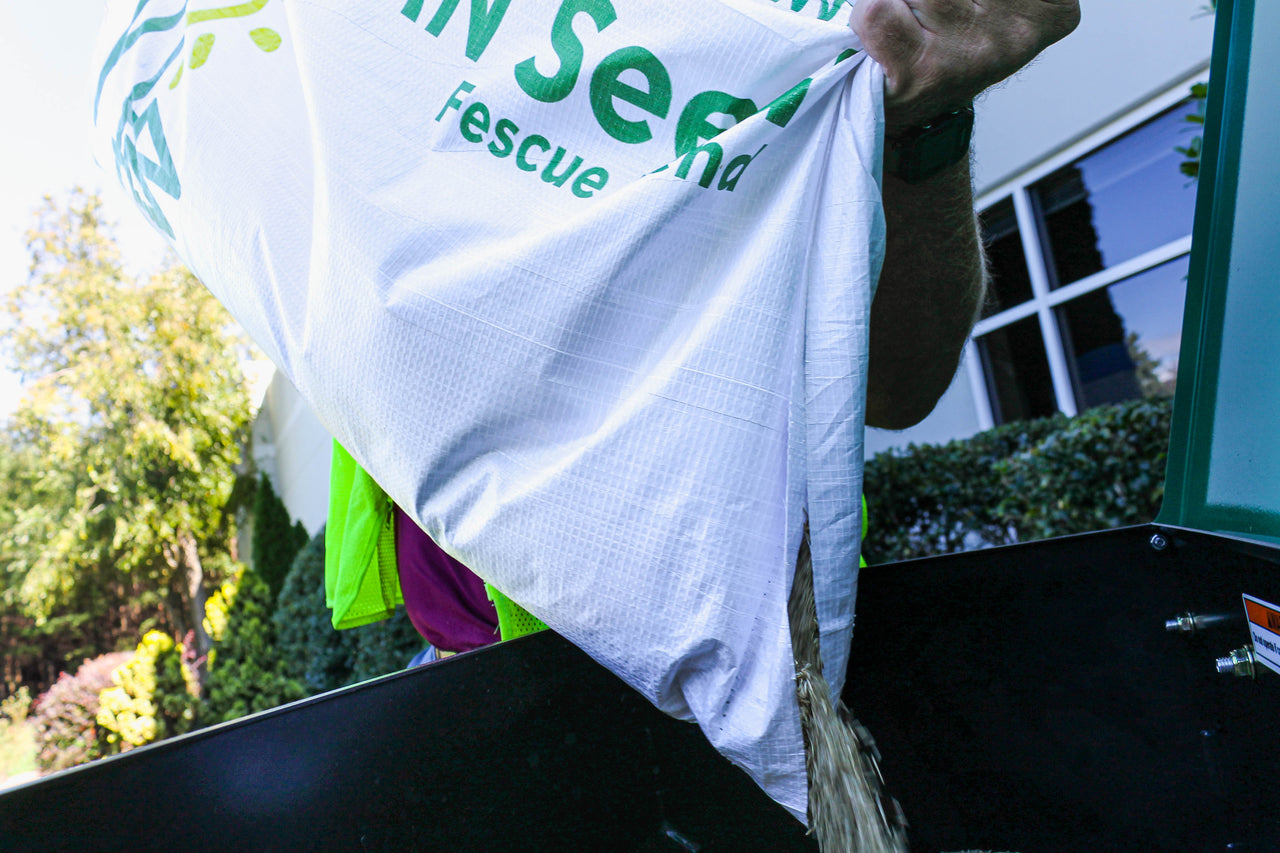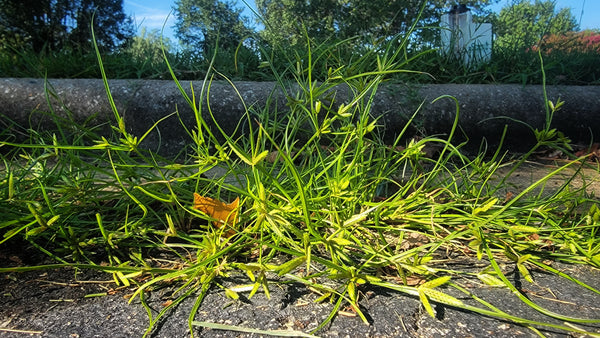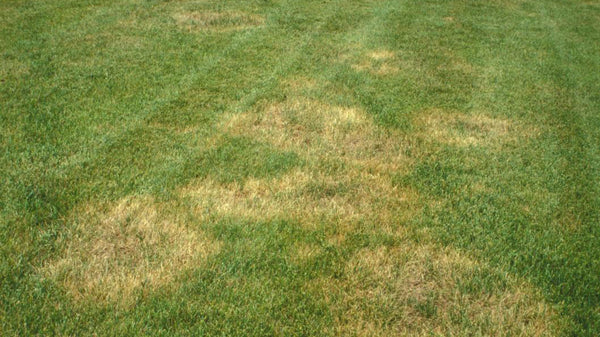|
Seeding fescue is a big investment between cost of seed, fertilizer, equipment to plug, equipment to spread, labor, and of course water. Even after putting in all the work to plant the seed, some areas just don't take or parts don't come up.
While we can put together a perfect plan to seed, environmental factors can contribute to the results you will have. But the perfect plan does give you the best chance at a good result!
Here is our 10 tips for the best results while seeding:
1. Soil Test
Test the soil before seeding to see what nutrients you soil is lacking and where your soil pH level is at. If you need to raise your pH try to apply lime 3-4 weeks before seeding for soil to have time to adjust.
2. Clean Up Weeds
3. Turfgrass Seed
4. Starter Fertilizer
Depending on your soil test, choose a starter fertilizer that is higher in phosphorus which promotes quicker seed development along with a 1lb of Slow-Released Nitrogen for root and shoot development. Something like a 18-12-2, 18-20-2, or a 18-24-12 works.
5. Plant Seed with Aerator
Using an aerator will provide good soil-to-seed contact and creates indents in the ground that is a seed bed that retains moisture.
6. Apply Humic Acid & Compost
7. Cover Seed in Bare Areas
Seed Aide Covergrow is cellulose pellets that retain moisture and have tackifier agents to prevent soil erosion. It is best mixed into the soil along with a thin top layer over a newly seeded area.
8. Water Water Water
9. Soil Surfactant
10. Keep it Fed
Fertilize every 6 weeks to promote new growth and root development. Depending on when you seed, a late application of high nitrogen will significantly help root growth and help green up the next spring.
|




